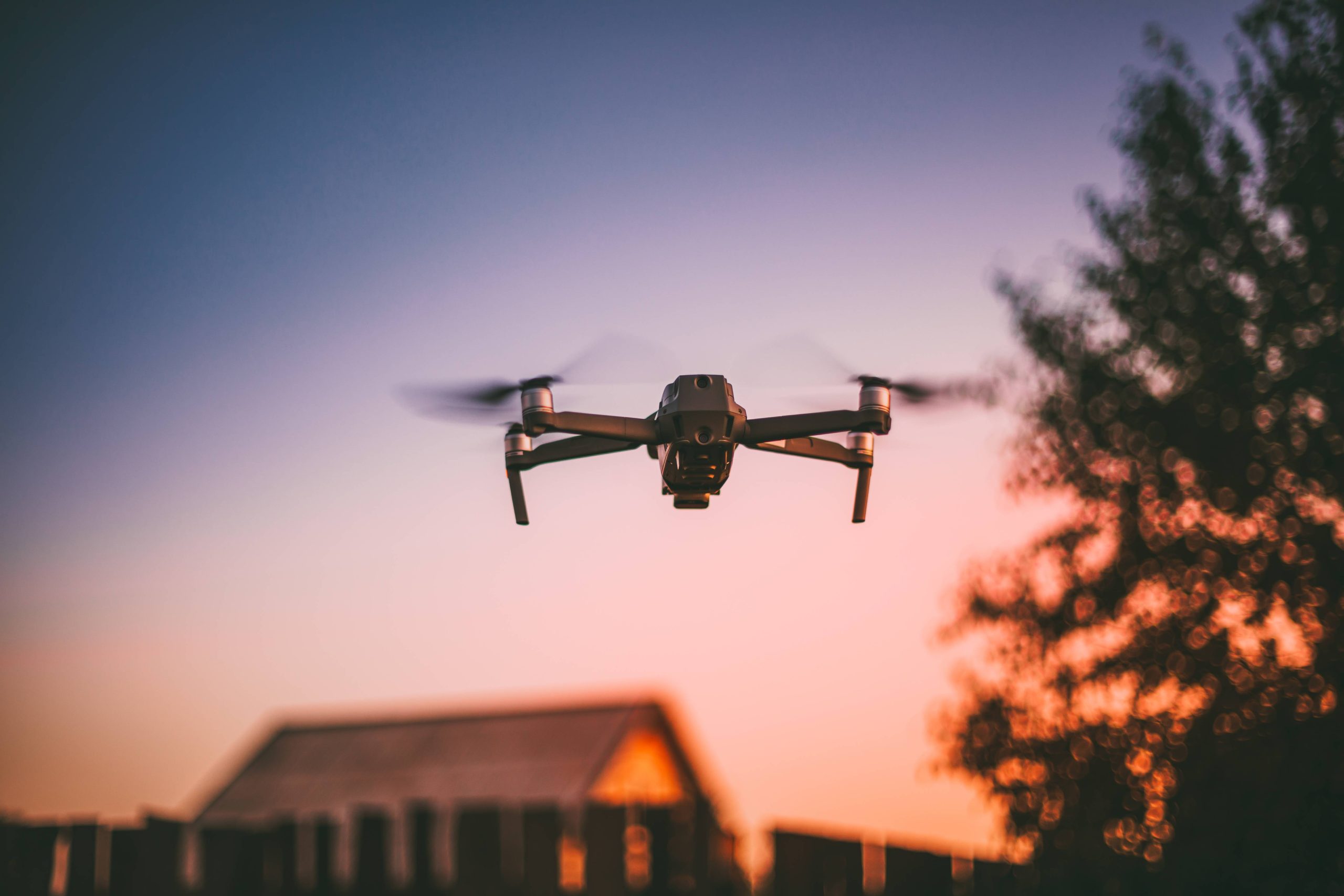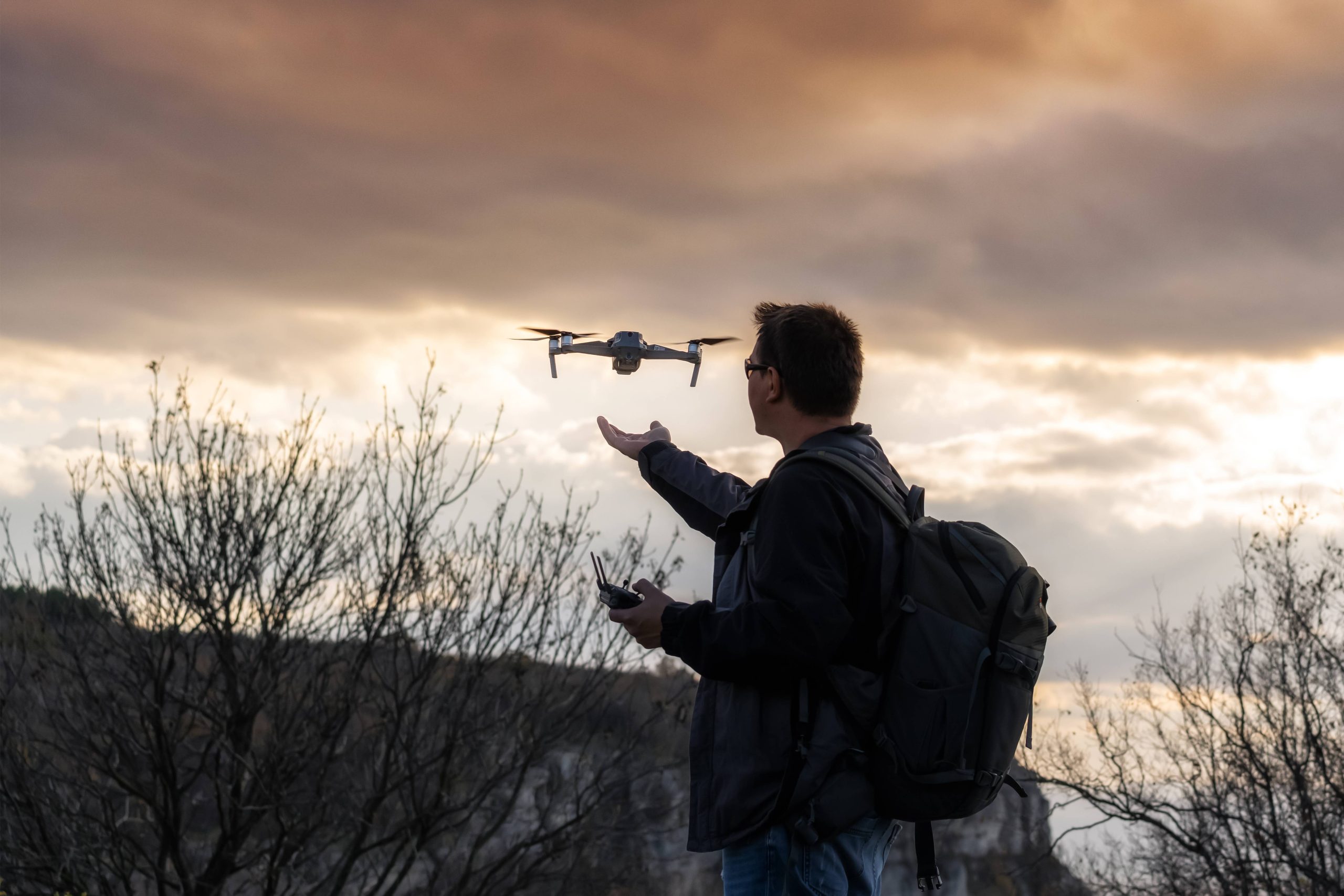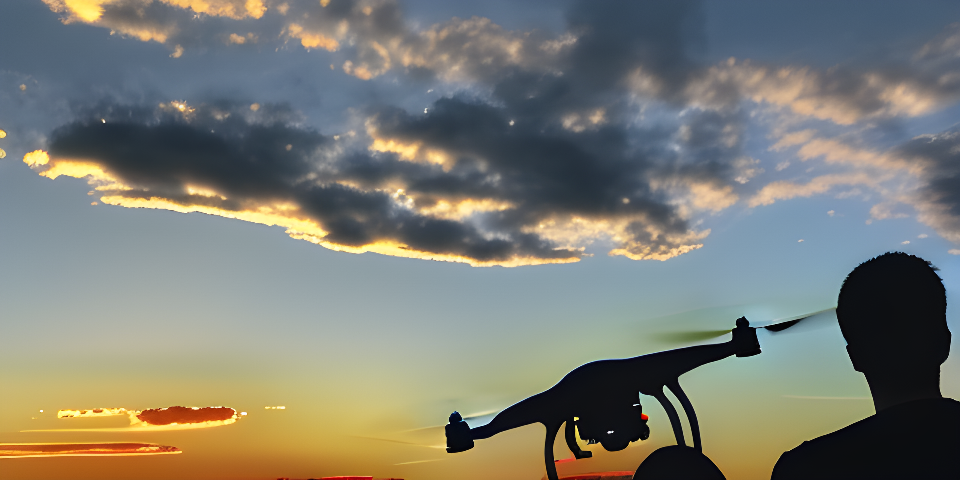
Video drone movies have revolutionized the world of cinematography, allowing filmmakers to capture breathtaking aerial footage and create immersive visual experiences. In this comprehensive guide, we will explore the art of video drone movies, from choosing the right equipment to post-processing and showcasing your work. Whether you’re an aspiring drone filmmaker or simply intrigued by the possibilities of aerial cinematography, this guide will provide you with the knowledge and tools to create stunning video drone movies.
Introduction to Video Drone Movies
What are video drone movies?
Video drone movies are films that incorporate aerial footage captured by drones. Drones, also known as unmanned aerial vehicles (UAVs), equipped with high-resolution cameras, offer filmmakers a unique perspective from the sky. By utilizing drones, filmmakers can capture stunning aerial shots that were once only possible with expensive equipment like helicopters or cranes.
The rise of aerial cinematography
In recent years, the use of drones in filmmaking has skyrocketed, thanks to advancements in technology and the increasing accessibility of drones. Filmmakers can now achieve professional-quality aerial shots at a fraction of the cost, opening up new possibilities for storytelling and visual aesthetics.
Benefits of using drones in filmmaking
The use of drones in filmmaking offers numerous benefits. Firstly, drones provide filmmakers with unparalleled flexibility and maneuverability in capturing shots from various angles and heights. They can smoothly navigate through tight spaces and fly at different speeds, allowing filmmakers to achieve dynamic and visually engaging footage. Additionally, drones enable filmmakers to capture shots in locations that would otherwise be difficult or impossible to access, such as remote landscapes or high-altitude areas.
Choosing the Right Drone for Aerial Cinematography
When it comes to aerial cinematography, choosing the right drone is crucial. Consider the following factors to select a drone that best suits your filmmaking needs:
Factors to consider when selecting a drone
- Camera Quality: Look for drones with high-resolution cameras capable of capturing sharp and detailed footage.
- Stability and Maneuverability: Ensure the drone has built-in stabilization features and responsive controls for smooth flight and precise camera movements.
- Battery Life: Opt for drones with longer flight times to capture more footage without interruptions.
- GPS and Intelligent Flight Modes: Advanced drones offer GPS capabilities and intelligent flight modes, such as follow-me or orbit mode, which can enhance the cinematic possibilities.
- Portability: Consider the size and weight of the drone for ease of transport to shooting locations.
Best drones for capturing stunning video footage
- DJI Phantom 4 Pro: Known for its exceptional camera quality and stability, the Phantom 4 Pro is a popular choice among professional drone filmmakers.
- DJI Inspire 2: With its advanced flight performance and interchangeable cameras, the Inspire 2 offers filmmakers versatility and high-quality footage.
- Autel Evo II: This drone boasts an impressive camera sensor and long flight time, making it suitable for capturing cinematic shots.
- Skydio 2: With its intelligent flight capabilities and obstacle avoidance system, the Skydio 2 is ideal for capturing dynamic and complex shots.
- DJI Mavic Air 2: Offering a balance of portability and excellent camera performance, the Mavic Air 2 is a great choice for filmmakers on the go.
Tips for drone maintenance and safety
- Regularly check and calibrate your drone’s sensors and compass for accurate flight.
- Keep spare batteries and propellers on hand to avoid interruptions during filming sessions.
- Follow local regulations and obtain any necessary permits before flying your drone.
- Practice flying in open areas away from people and obstacles to minimize the risk of accidents.
- Stay updated on firmware and software updates for your drone to ensure optimal performance and safety.
By selecting the right drone and maintaining it properly, you’ll be ready to embark on your journey to capture stunning video drone movies.
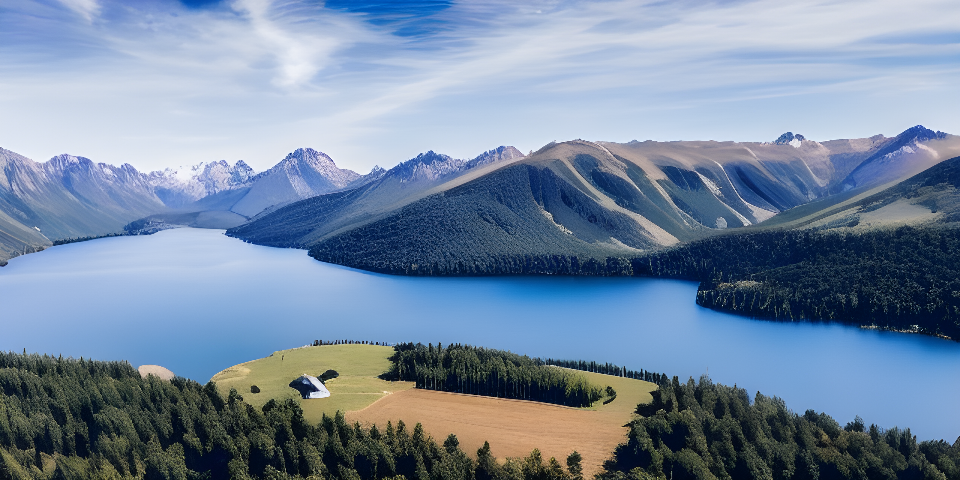
Preparing for Aerial Filming
Before taking your drone to the sky, careful planning and preparation are essential for successful aerial filmmaking.
Planning the shot list and storyboard
Just like any film project, creating a shot list and storyboard is crucial for organizing your vision. Outline the specific shots and sequences you want to capture, keeping in mind the overall narrative or theme of your video drone movie. Consider the unique perspectives and angles that drones can provide and plan shots that showcase the landscape, reveal important details, or evoke emotions.
Understanding flight regulations and permits
When flying drones for commercial purposes or in certain locations, it’s important to be aware of flight regulations and obtain the necessary permits. Research the local laws and regulations regarding drone usage and adhere to them strictly. Some areas might have restrictions on flying drones near airports, crowded public spaces, or protected natural areas. Familiarize yourself with the rules to avoid legal issues and ensure a safe and responsible flying experience.
Scouting locations for aerial shots
Scouting suitable locations for your aerial shots is crucial for achieving captivating footage. Look for areas with visually appealing landscapes, interesting architecture, or unique elements that add depth to your movie. Visit the locations beforehand to assess any potential obstacles or hazards that may affect your drone flight. Planning ahead will save you time and help you capture the shots you envision.
Mastering Aerial Cinematography Techniques
To create visually stunning video drone movies, it’s important to master various aerial cinematography techniques. Here are some key techniques to consider:
Framing and composition in aerial shots
When framing your shots, consider the principles of traditional cinematography, such as the rule of thirds and leading lines. Position the main subjects of your shots off-center to create a visually balanced composition. Experiment with different angles and perspectives to add depth and visual interest to your footage. Keep in mind the aspect ratio of the final movie and frame your shots accordingly.
Utilizing camera movements for dynamic footage
Drones offer a range of camera movement options that can enhance the visual appeal of your footage. Experiment with smooth pans, tilts, and tracking shots to add cinematic movement to your scenes. Gradually change the altitude or speed of the drone to create dynamic reveals or establish shots. Practice precise and controlled camera movements to achieve professional-looking footage.
Capturing cinematic sequences with drones
Aerial cinematography provides exciting opportunities for capturing cinematic sequences. Experiment with establishing shots that showcase the environment and set the mood of your movie. Use the drone’s maneuverability to capture tracking shots that follow a subject or reveal new perspectives. Consider incorporating aerial reveals, where the drone ascends or descends to unveil a significant element or scene. By incorporating these techniques, you can create visually engaging and immersive video drone movies.
Post-Processing and Editing Aerial Footage
Once you’ve captured the footage for your video drone movie, the post-processing and editing stage allows you to enhance the visual quality and create a polished final product. Consider the following steps:
Transferring and organizing footage
Transfer the footage from your drone to your computer or storage device for easy access during the editing process. Organize the files in a logical folder structure to streamline your workflow and prevent confusion. Create separate folders for raw footage, edited clips, and any additional assets or resources used in your movie.
Enhancing video quality and color grading
To improve the visual quality of your footage, consider adjusting parameters such as brightness, contrast, saturation, and sharpness. Use video editing software to apply color grading techniques, enhancing the overall look and mood of your movie. Experiment with different color palettes and styles to achieve the desired aesthetic.
Adding visual effects and music to create an immersive experience
Enhance the cinematic experience of your video drone movie by adding visual effects and music. Incorporate smooth transitions, text overlays, or motion graphics to create a professional and polished look. Select suitable music or soundtracks that complement the mood and atmosphere of your movie. Ensure that the audio levels are balanced, and the music choices enhance the storytelling without overpowering the visuals.
By applying these post-processing techniques, you can elevate your aerial footage and create captivating video drone movies.
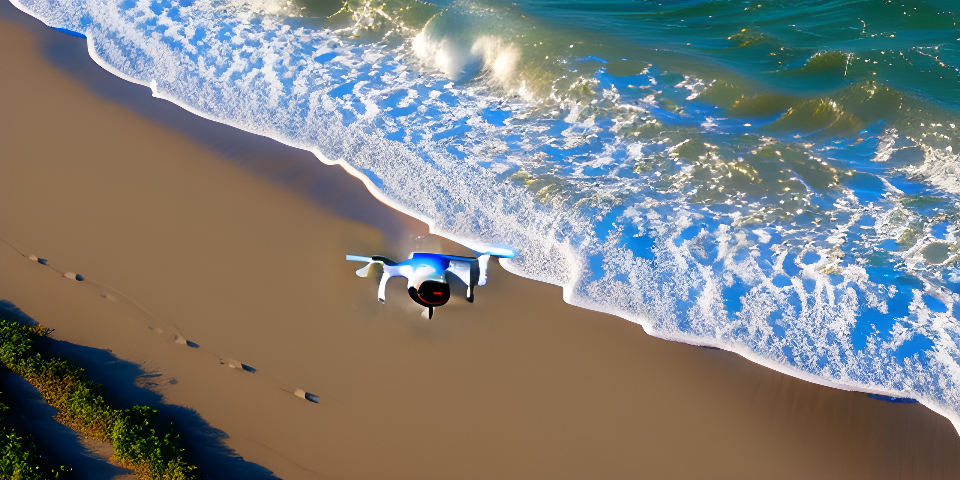
Showcasing Your Video Drone Movie
Once you’ve completed the editing process, it’s time to share your video drone movie with the world. Consider the following steps to effectively showcase your work:
Choosing the right platform for sharing your movie
Select a platform that aligns with your goals and target audience. Popular options include YouTube, Vimeo, and social media platforms such as Instagram or Facebook. Evaluate the features and capabilities of each platform, such as video quality, audience reach, and engagement metrics. Additionally, consider creating a website or portfolio to showcase your video drone movies and provide a centralized hub for your work.
Optimizing video metadata for SEO
To increase the discoverability of your video drone movie, optimize the metadata associated with your video. Use relevant keywords, including “video drone movie,” in the title, description, and tags. Craft an engaging and keyword-rich description that accurately represents your movie while enticing viewers to watch it. This will help search engines and video platforms understand and rank your content appropriately.
Engaging with your audience and promoting your film
Engagement is crucial for building a loyal audience and gaining exposure for your video drone movie. Encourage viewers to like, comment, and share your video. Respond to comments and engage with your audience to foster a sense of community. Leverage social media platforms to promote your movie, collaborate with influencers or relevant communities, and participate in online discussions or forums related to aerial cinematography or filmmaking.
By effectively showcasing your video drone movie and engaging with your audience, you can increase its reach and impact.
The Future of Video Drone Movies
The realm of video drone movies is constantly evolving, driven by technological advancements and creative innovation. Here are some exciting developments shaping the future of aerial cinematography:
Emerging technologies in aerial cinematography
New technologies are continually pushing the boundaries of what’s possible in aerial cinematography. This includes advancements in drone stabilization systems, improved camera sensors, and intelligent flight modes. Additionally, the development of compact and lightweight drones with advanced capabilities allows for more creative freedom and accessibility for filmmakers.
Impact on the film industry and storytelling
The use of drones in filmmaking has expanded storytelling possibilities and enriched visual narratives. Aerial shots can evoke powerful emotions, provide a unique perspective, and contribute to the overall cinematic experience. As video drone movies gain more recognition, they are influencing the way stories are told and the visual language of filmmaking.
Exciting possibilities for future drone filmmakers
The future holds immense potential for drone filmmakers. Technological advancements may lead to increased automation, advanced obstacle avoidance systems, and improved battery life. This will enable filmmakers to focus more on their creative vision and storytelling, pushing the boundaries of what can be achieved with aerial cinematography.
As the world of video drone movies continues to evolve, aspiring filmmakers have an incredible opportunity to make their mark and contribute to this dynamic field.
Conclusion
Video drone movies have transformed the world of cinematography, enabling filmmakers to capture awe-inspiring aerial footage and create immersive visual experiences. By choosing the right drone, mastering aerial cinematography techniques, and leveraging post-processing tools, you can create captivating video drone movies that captivate audiences.
Remember to plan your shots carefully, adhere to flight regulations, and prioritize safety while filming. After completing the editing process, showcase your video drone movie on appropriate platforms, optimize its metadata for SEO, and engage with your audience to expand its reach.
The future of video drone movies looks promising, with emerging technologies and innovative storytelling techniques pushing the boundaries of aerial cinematography. Embrace the possibilities, stay updated on the latest advancements, and continue honing your skills to create exceptional video drone movies.
FAQs
- Can anyone fly a drone and create video drone movies?
- While anyone can fly a drone, creating captivating video drone movies requires a combination of technical skills, creativity, and understanding of cinematography principles. Practice, research, and continuous learning are essential to master the art of aerial cinematography.
- Are there any legal restrictions for flying drones?
- Yes, flying drones is subject to regulations that vary depending on the country and local authorities. It’s important to familiarize yourself with the regulations in your area, obtain necessary permits, and fly responsibly to ensure compliance with the law and maintain safety.
- What are some popular video editing software for post-processing?
- Popular video editing software for post-processing include Adobe Premiere Pro, Final Cut Pro, DaVinci Resolve, and iMovie. Each software offers a range of features and capabilities to enhance your footage and create professional-looking video drone movies.
- How can I monetize my video drone movies?
- Monetizing video drone movies can be done through various avenues such as licensing your footage to media outlets, creating and selling stock footage, partnering with brands for sponsored content, or showcasing your work on platforms like YouTube and earning revenue through ad monetization or sponsorships.
- Are there any safety measures to consider while flying drones?
- Safety is paramount when flying drones. Follow safety guidelines provided by the drone manufacturer, such as keeping a safe distance from people and property, avoiding restricted airspace, and practicing in open areas away from obstacles. Regularly maintain your drone and be aware of weather conditions that may affect flight stability.
- Can video drone movies be used in industries other than filmmaking?
- Absolutely! Video drone movies have applications in various industries, such as real estate, tourism, environmental monitoring, and construction. They can be used to capture stunning aerial views for promotional videos, document progress in construction projects, or assess landscapes and natural resources.
- How can I improve the battery life of my drone for longer filming sessions?
- To improve battery life, consider investing in additional batteries for your drone. This allows you to swap out depleted batteries with fully charged ones during filming sessions. Additionally, optimize your drone’s settings by disabling unnecessary features and ensuring the propellers are clean and in good condition.
- Can I edit video drone footage on a mobile device?
- Yes, there are mobile video editing apps available that offer a range of editing features and capabilities. However, for more complex projects and advanced editing options, using a computer with dedicated video editing software is recommended.
- Are there any specific tips for capturing cinematic footage with drones?
- Experiment with different camera movements, angles, and framing techniques to create cinematic footage. Utilize the unique capabilities of drones to capture dynamic shots such as tracking, reveals, and perspective changes. Plan your shots carefully and focus on creating visually compelling compositions that enhance the storytelling of your video drone movie.
- How can I stay updated on the latest trends and technologies in video drone movies?
- Stay connected with online communities and forums dedicated to aerial cinematography and drone filmmaking. Follow industry experts, filmmakers, and drone manufacturers on social media platforms to learn about new technologies, techniques, and trends. Attend workshops, webinars, or conferences related to aerial cinematography to gain insights from professionals in the field.



